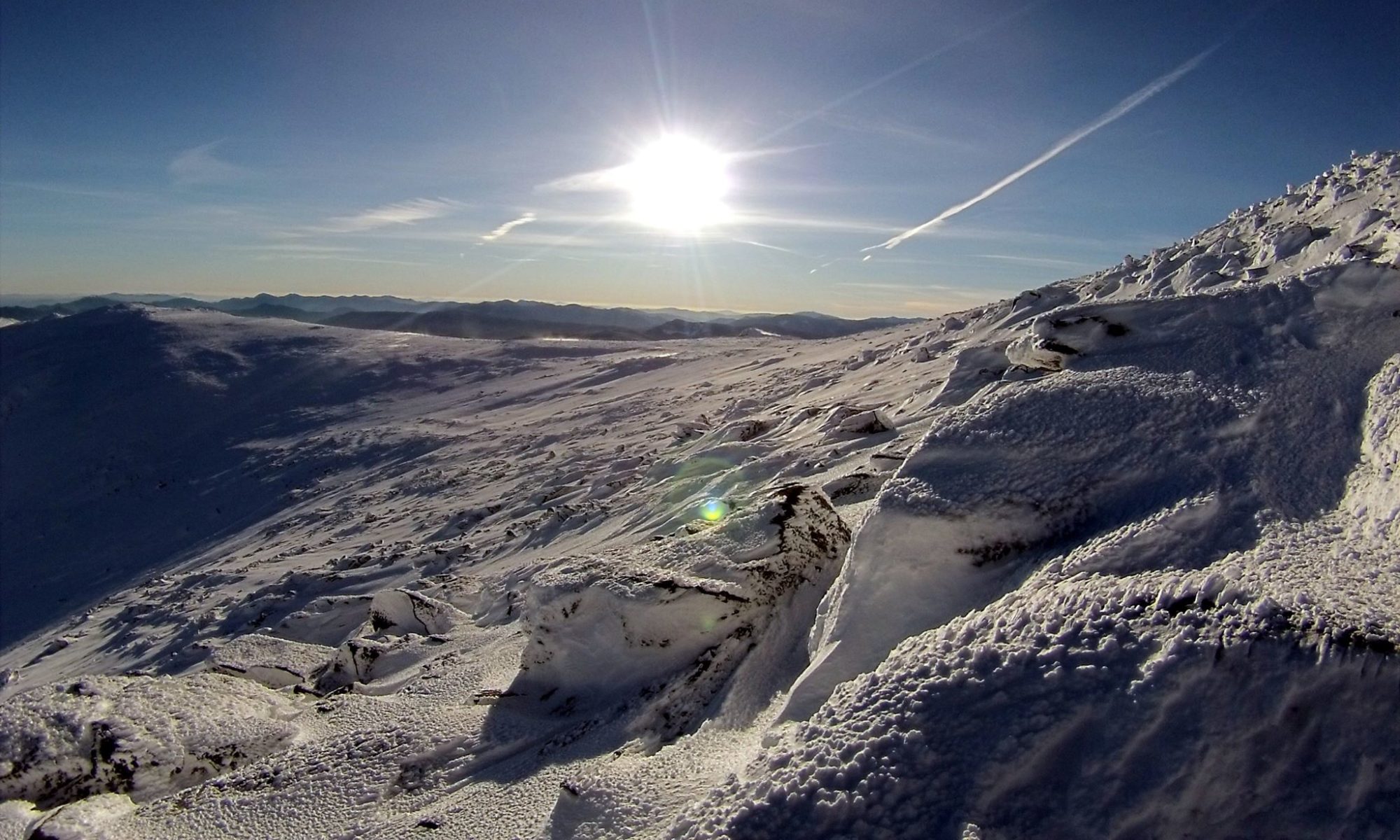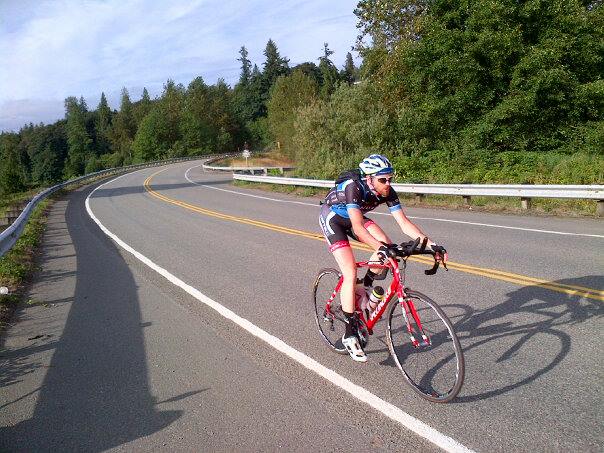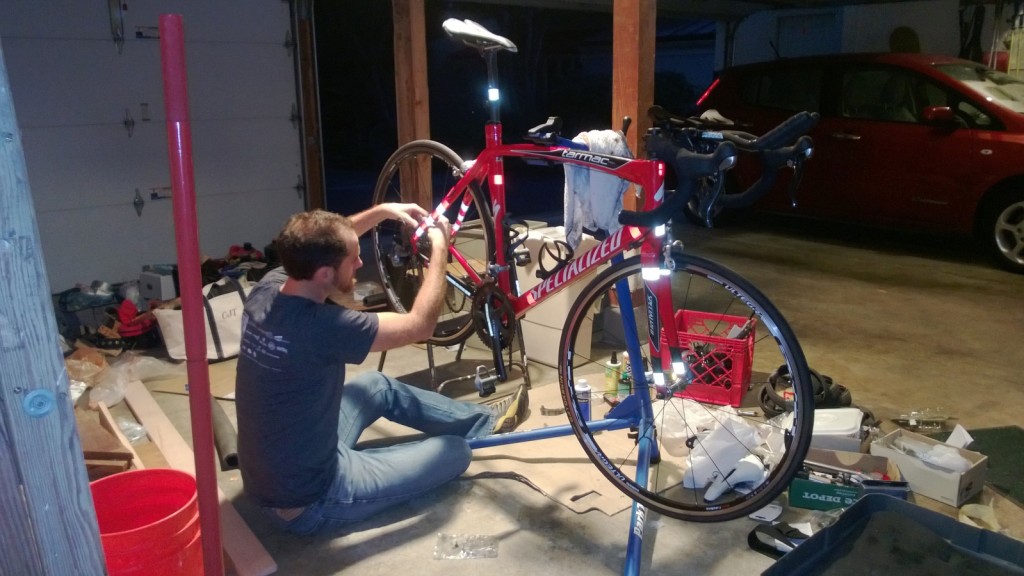Last weekend I attempted the Coup de Cascades 425 mile solo ultra-endurance race, a RAAM qualifier outside Seattle. Unfortunately I had to abandon after 281 miles, 18.5k feet of climbing. I have some ongoing disc and nerve issues from an MTB ultra earlier this summer that I just can’t bull through much past ~16 hours of riding.
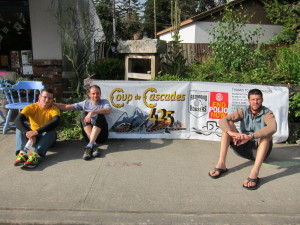
For those who’ll skip the text, more photos are in the Flickr gallery. Strava logs are up here: Part 1, part 2.
Thanks
Any race like this is a big production and takes a lot of people.
I especially have to thank Johann Liljengren (TriCycles/UPenn) for crew chiefing the race, supporting both the race and the extensive planning beforehand. Brian Thompson, my brother-in-law, also worked the on-site crew. Tim Manzella (TSV/Drexel) was incredibly helpful as my chief mechanic, keeping my bike running smooth and doing an extensive overhaul leading into the event. My wife Caitlin (PBCO/Tufts) of course was also as always supportive and helpful.
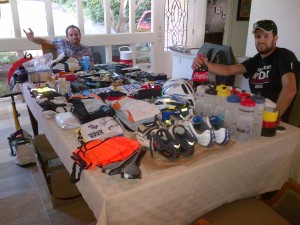
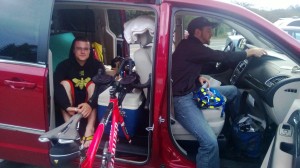
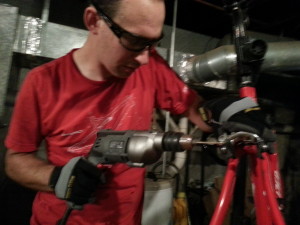
I also want to thank Richie Cortez at Philly Bikesmith for spending a morning on his day off on some last minute bike fitting. Alex Walker, Johann’s brother-in-law, also lent us tools and spare parts out here in Seattle so we didn’t have to bring everything cross-country. Ted Slack (QCW) graciously leant his bike case for the trip.
As usual, both Caitlin’s and my parents are unspoken heroes, shuttling us and all of our stuff to & from airports at all hours of the day.
Riding
A few days out there were serious mudslides on the first mountain pass of the original course, closing the road indefinitely. We were just glad the organizers came up with an alternative, though it turned out the local endurance racers felt the new route was much harder. For us the big effect was that we had no time to really chart up the map and figure out how long the climbs would be, etc.
The final course featured four 4000ft mountain passes and otherwise rolling terrain with almost literally no flat spots, conceptually broken into 4 parts:
- A hundred miles of rolling hills starting a bit east of Redmond;
- A hundred mile block crossing Stevens Pass eastbound out to Leavenworth, followed by Blewett Pass;
- A hard, remote 150 miles through Yakima and over White and Cayusa passes alongside Mt Rainier;
- Seventy five miles of rolling hills back to the finish.
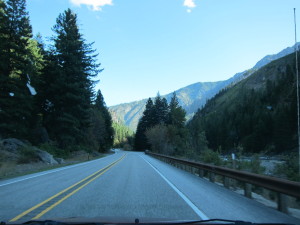
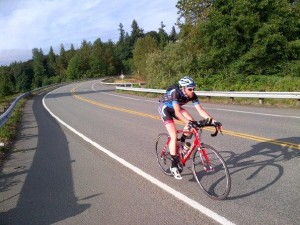
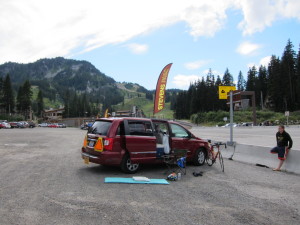
The first ~200 miles and two passes we flew through in ~12 hours, including two refueling breaks, well ahead of our time goals and the other two solo competitors. At that point though I had to take a long break. The multi-hour climbs up Steves and Blewett had put a huge toll on my back injury. I was barely pedaling at the top of Blewett, and it was almost an hour before I could put force on my feet again. By the time I got rolling both riders had passed me.
Still, we were hopeful because I pulled another solid 4 hour night block, covering another ~76 miles of hills into Yakima. Along the way I recaught one rider, and it seemed promising I’d be able to catch the other and be near my time goals even with substantial recovery periods after each of the mountain passes.
After that though the load had just built up too much. Another hour and my nerves were burning even softpedaling flat stretches, and I was already well past the 24hr anti-inflammatory daily limits without clear sign it was helping any more. After a few more hours of start & stop riding trying to pull it back together, I eventually just ground into a wall of pain I couldn’t overcome.
Race Nutrition
The nutrition plan I’ve been using lately was working out well. My main goal beside hydration is trying to take in around 300 calories an hour, to my limited understanding very roughly about the rate your body can process. A key point is that you can’t skip hours, you’ll never make up that deficit.
The first 12 hours of a ride the bulk of my calories come from egg & rice patties Caitlin makes from the Skratch Labs Portables recipe book (~100 calories per patty), with occasional Clif bars (240 cal), basically a a bar or 1–2 patties an hour. Hydration throughout this is a bottle an hour of Nuun (0 cal) or Hammer HEED (100 cal), supplemented by straight water from a small hydration pack.
Between 12 and 16 hours of riding I tend to find it pretty hard to continue using solid food. The rice patties are nice in that they’re fairly bland yet appealing once you bite the bullet and force them into your mouth, but it gets harder and harder to do that. So around this point I start using Hammer Perpetuem drink mix (270 cal/bottle). It’s somewhat hard to train with because it’s really best consumed while chilled, so you can’t easily take a bunch of bottles on a 4 or 6 hour ride. It also is pretty bland yet vaguely appealing and seems to play well with my stomach and deliver just enough of both calories and satisfaction, so I’m happy with it.
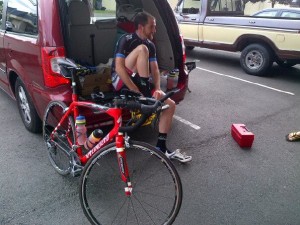
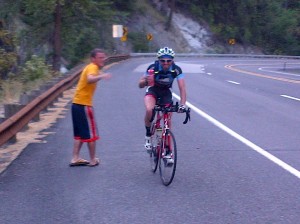
Technical Notes
On my bike we did a couple interesting things. After years fighting the logic of it, I did recently switch to 50×34 compact cranks to go with my standard 11×28 cassette. As a high cadence rider, frequently pedaling at 100–120 bpm, I can really use the extra gears on long or steep climbs to rely on my cardio and avoid digging into my strength reserves. Note that this setup works on a standard length rear Shimano derailleur, but just barely.
I also sparingly used a set of clip-on aero bars. Beyond the more recent back problems, I’ve had trouble adopting a true TT position, though this isn’t a huge problem on climbing-intensive courses. It puts so much more emphasis on your quads that I can’t sustain power in it for more than a couple hours. So, my clip-ons are set up fairly non-aggressively, as are my bars in general. The pads are also set farther forward on my forearms than normal and the rails cut down to match for better leg clearance climbing out of the saddle. Even only using them sparingly though was helpful to have a fifth hand position and stretching out my back on less technical descents.
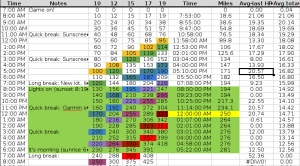
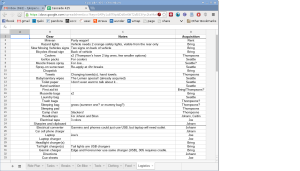
One other notable is that in focusing on this kind of long form riding, I’ve consciously been less conscious about dieting. Historically I’ve been pretty good about being able to hit a pretty lean peak fitness weight for targeted events. But a true minimum weight is a literally thin line to be riding. At that point any travel, bad weather workout, or other exposure, and I get sick. That’s especially true under very high training volumes. So this year I opted to not worry about it so much. That’s cost performance on short, steep, high-intensity, climbs like the local group hill rides, but paid off in not getting sick nearly as much.
Parting Thoughts
This was a crushing disappointment, especially to be so close to doing so well. I’ve been thinking about this most of the year, since realizing it was the weekend before we would be out here for Caitlin to do IronMan Canada. A lot of prep work and planning went into the logistics, on top of all the riding. Worst, as far as I made it wasn’t even much of a stretch in length, and not at all in climbing, from many of my training rides earlier this summer.
That said, behind the disappointment it was still a really good experience. Our logistics and prep all seemed spot on, and I think we can dial it down even more with what we learned here. My vaguely structured, ultra-flexible training regimen, more a set of principles and desires than an actual plan, did a reasonable job at navigating a lot of work travel, ECCC commitments, and other obstacles to deliver the fitness I needed to do well, and based on this experience I can tweak that as well as plan even better for other events.
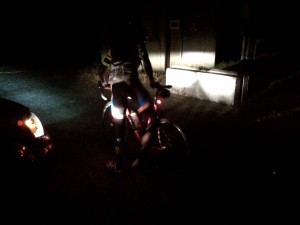
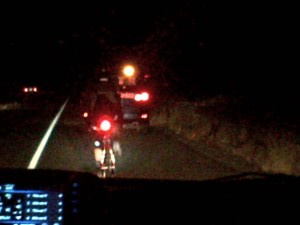
Also on the positive side are the simple basics of some great riding. Despite some overly busy sections, most of the course was really nice. Best though, the night sections were an amazing surrealist dream of incredible cycling—spinning along deep purple ridgelines under the slowly churning, looming blades of windfarms in silhouette; cranking at maximum speed down flats and false descents as endless wheat fields wafted in the breeze on either side, headed directly into the low hung full moon ahead; the lights of Yakima suddenly appearing in the deep valley below over a final peak. Unforgettable.
Beyond that, the event was also still a lot of fun, though obviously only in retrospect now that I’ve ice creamed to my best ability for the bulk of a week and am even starting to feel my feet again in ways other than burning. It was great calling and getting together with Johann to work logistics, and debating mechanical options with Tim on long rides. Having the guys with me was also really meaningful. I’ll always mantain that the team time trial is the most satisfying form of competitive cycling, and this is really similar. The crew fills a very different role, but it’s most definitely the same kind of collective team effort, and deeply satisfying in the same way.
Next time!
Again, there are more photos in the Flickr gallery.
